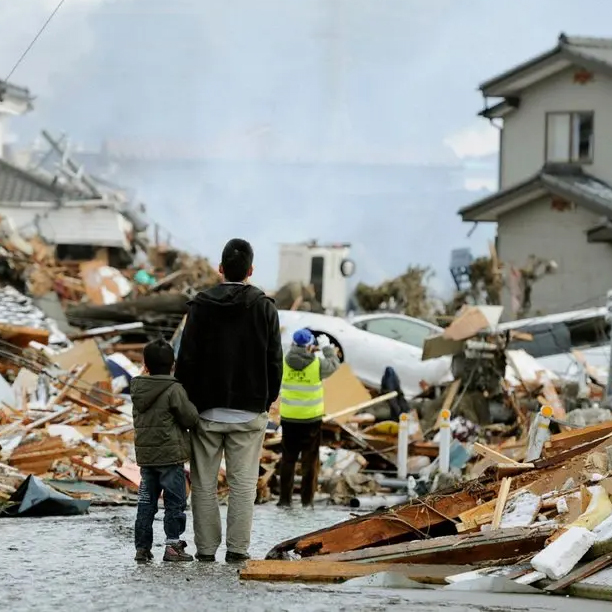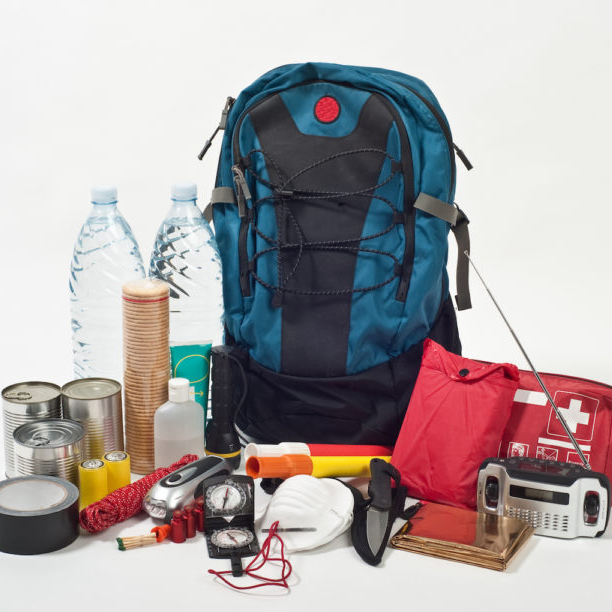The Go-Bag: Your Safety Net in a Stormy World
Imagine this: sirens blare, the ground shakes, or smoke fills the air. You have minutes, maybe seconds, to grab what matters most and get to safety. In this whirlwind of chaos, would you be prepared? Enter the go-bag, your lifeline in an emergency.
It’s a simple concept: a sturdy bag packed with essentials to sustain you for 72 hours (or longer) if disaster strikes. It’s not about hoarding every possible gadget; it’s about having the bare necessities to stay warm, fed, healthy, and informed until help arrives.

Why is a go-bag so important?
- Peace of mind: Knowing you’re prepared reduces stress and allows you to focus on reacting calmly and safely.
- Faster evacuation: No frantic searching for essentials, just grab your bag and go.
- Increased self-reliance: You’re not solely dependent on outside help during those critical first hours.
- Increased survival chances: Being equipped with the right tools can make a world of difference in a harsh situation.
So, what should be in your go-bag?
The Basics:
- Food and water: Non-perishables like granola bars, dried fruit, and canned goods, along with plenty of bottled water to keep you hydrated.
- First-aid kit: Bandages, antibiotic ointment, painkillers, and any medications you rely on.
- Shelter: A lightweight emergency blanket or tent provides warmth and protection from the elements.
- Light and communication: A flashlight with extra batteries, a hand-crank radio (or battery-powered one) to stay informed, and a portable phone charger to keep your lifeline connected.
- Tools and sanitation: A multi-tool, duct tape, waterproof matches, garbage bags, hand wipes, and personal hygiene items like toothbrush and toothpaste.

Personalize it:
- Copies of important documents: IDs, insurance papers, contact lists, keep them in a waterproof container.
- Comfort items: A small photo album, a good book, or a deck of cards for a mental break.
- Pet supplies: Food, water bowl, leash, and waste bags if you have furry companions.

Remember:
- Keep it accessible: Store your go-bag in an easy-to-reach place, ideally near an exit.
- Update it regularly: Check expiry dates on food and medicine, replace batteries, and adjust contents based on seasonal changes.
- Practice makes perfect: Familiarity is key. Have a family drill to ensure everyone knows what to do and where the go-bag is.
A go-bag is not just a collection of stuff; it’s an investment in your safety and peace of mind. It’s a symbol of preparedness, a quiet reassurance that no matter what storm life throws your way, you’ll be ready to weather it. So, take action, pack your bag, and know that in the face of uncertainty, you’ve got this.
Don’t wait for disaster to strike, build your go-bag today. It’s a small step that could make a world of difference when it matters most.